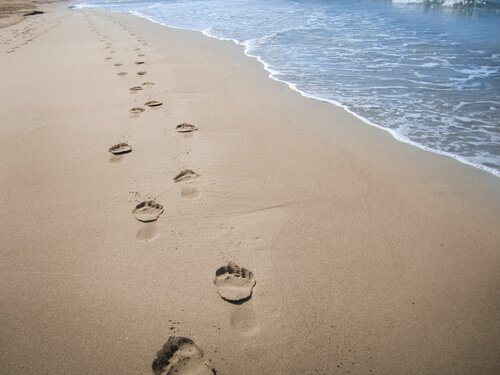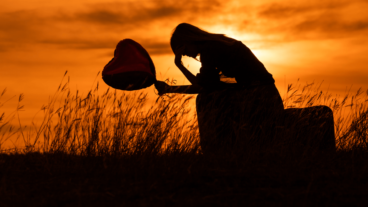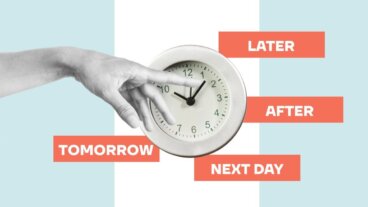I Am Me, My Circumstances and My Decisions Define Me

The title of this article is a nod to the famous quote by the Spanish philosopher Jose Ortega y Gasset. In short, he thought that the union of “I” and the circumstance was indissoluble; it was impossible to understand one without the other. Thus, the product of our decisions is conditioned by who we are at our core, but also by the particularities of time and place.
For this reason, when the philosopher said, “I am myself and my circumstance; if I do not save it, I do not save myself ” he referred to the strength of that union between who we are and what surrounds us. We are influenced by our own surroundings, in which we find limitations and freedoms and in which we are allowed to decide between different options for moving forward.
Circum-stance: ‘what’s around’
Just the word circumstance reflects the broader context in which we exist: the family, society, culture, a certain body with its physical and psychological characteristics, personality and character, etc. Our sense of “I” helps us make sense of how we fit into all this.
Our circumstances are flexible and moldable in many ways: once we accept what is around us, it gives us the freedom to focus on decisions towards a present that fills us and a future that enriches us. Will I be happy if I do it like this or not like this? What would have happened if I had not done it the way I did?
In this way, our experience is being configured and our actions turn towards the interests, wishes and dreams we have. At that time, the circumstances and decisions define us and place us before the world and in respect to others.
The positive and negative circumstances
Circumstances are not perfect and the right environment does not always surround us so that everything goes as we would like: sometimes we have to decide with millions of other adversities against us and other times it seems like everything flows and that the decision is clear. However, in either case, we end up deciding and saving the circumstance itself.
“The hardest thing is the decision to act, the rest is merely tenacity. The fears are paper tigers. You can do anything you decide to do. You can act to change and control your life; and the procedure, the process is its own reward.”
-Amelia Earhart-
In this sense, we know that we have good and bad times and that they are equally necessary for us to feel stability. It is beneficial to remember that joy and sadness travel on the same train. Even when fear or sadness block us and make movement difficult, we are obliged to follow. Even not deciding is making a decision.
A decision is also not making one
Any situation, stage or moment that we experience involves decisions and we are a product of it: from a mid-afternoon coffee until the time we set the alarm clock to wake up. These actions seem insignificant, yet can set us up for the rest of the day.

The same thing happens with the decisions we believe are important: it is not good to extend the time to make them. It is adequate to ask the right questions, get the answers you need and be brave enough to face them by accepting responsibility and knowing how to listen to yourself are two important keys.
Only when we have clear goals and know that we want to go for them will we be sure that no one will decide for us. We can make mistakes and it’s okay to do so, but our satisfaction will be in owning those mistakes. In a way, the beauty has to do with the absence of a script to point us in the right direction.
“When you have to make a decision and do not make it, that is in itself a decision.”
-William James-
To Be Happy I Make Decisions
We are constantly making decisions, either consciously or unconsciously. We are directing our course with the choices we make. See more
This text is provided for informational purposes only and does not replace consultation with a professional. If in doubt, consult your specialist.








